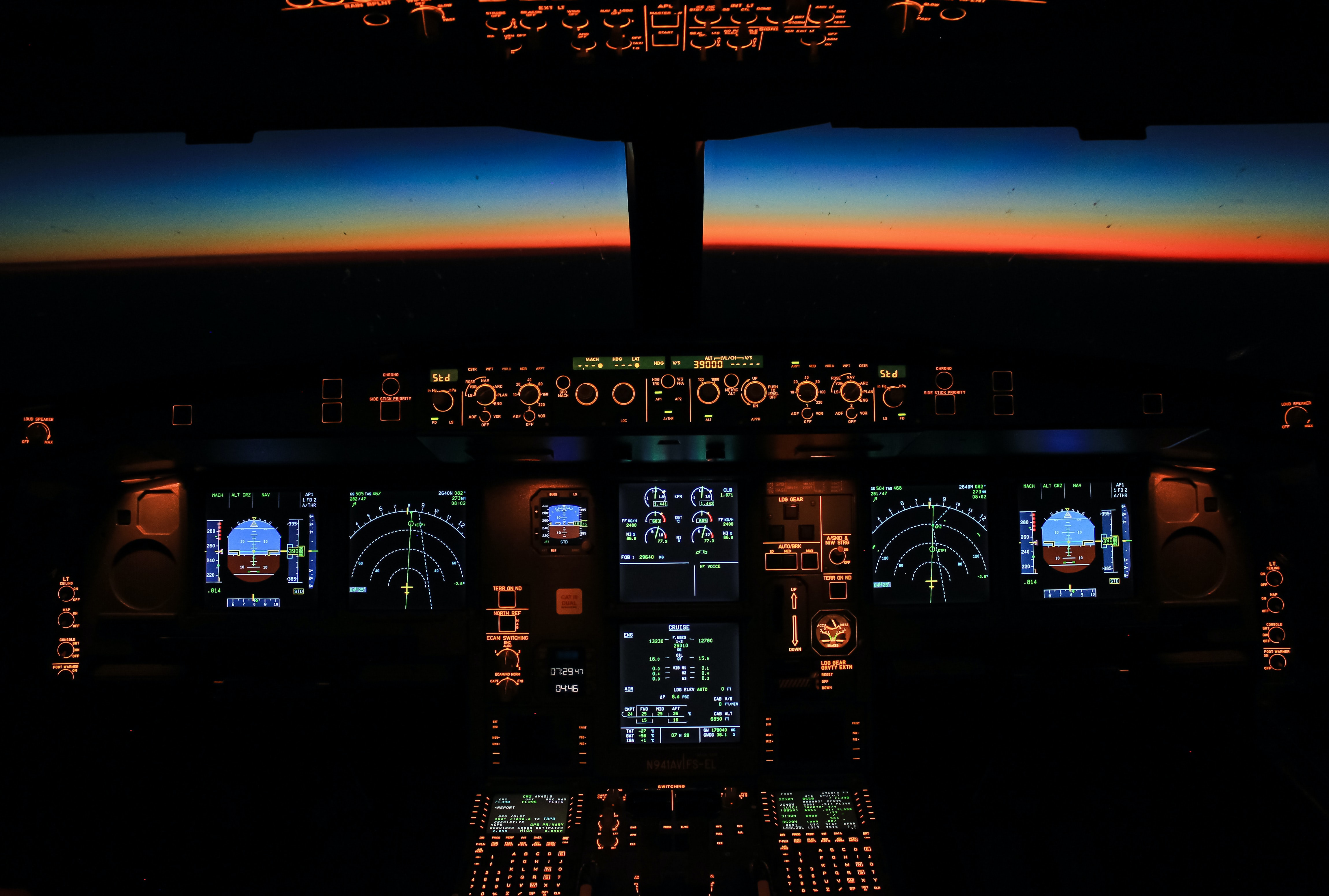A Glance into the Aeronautics Systems Business Sector of NGC

Northrop Grumman Corporation, NGC, is an engineering corporation that specializes in developing technologies that support the Department of Defense and other national intelligence agencies. Currently, NGC has four core business sectors: Aeronautics Systems, Space Systems, Mission Systems, and Defense Systems. Over time, some of these sectors may remain part of NGC, some may be sold off, and new ones may even be added. Let’s take a deeper look into the Aeronautics Systems sector, or AS sector, of NGC.
One of the primary focuses of Aeronautics Systems is to be the manufacturer and system integrator of many DoD manned and unmanned aircraft. The E-2C and E-2D, E-8C Joint STARS, B-2 Stealth Bomber, B-21 Stealth Bomber, X-47B, MQ-4C Triton, and Global Hawk are all examples of platforms that NGC has either designed and manufactured, been the prime system integrator, or been the sole source provider of sustainment and modernization efforts. Although these efforts are overseen all over the United States, and even the world, NGC has consolidated manned and unmanned aircraft design, production, and sustainment efforts in a few primary locations called centers of excellence. NGC’s manned center of excellence is primarily located in Melbourne, Florida, but also has operations in Saint Augustine, Florida. The unmanned centers of excellence are distributed throughout high tech/industry regions of California: Rancho Bernardo, Palmdale, Los Angeles, San Diego, and Redondo Beach. The overall AS sector of NGC is headquartered in Palmdale, California.
As an engineer working for the AS sector of NGC, you will primarily be supporting either manned or unmanned efforts, depending on where you live. Within each center of excellence, another organizational distinction can be made, which takes form in the type of mission each aircraft supports. Three mission critical areas that NGC supports are: Strike; Command and Control (C2); and Intelligence, Surveillance, and Reconnaissance (ISR). It is very common to see many acronyms and capabilities combined, like in the case of Joint STARS (C2ISR platform).
Although only three mission critical areas are listed above, NGC also has engineering competency in the areas of communications, computing, cyber, battle management, target acquisition, etc. Through your expertise as an engineer within the manned or unmanned organization of the AS sector at NGC, you will have the opportunity to support one or more of these missions, and one or more of these airframes. The majority of core engineering teams and managers (vehicle, systems, software, avionics, etc.) will only support one platform at a time, while chief engineers and consulting engineers may support multiple platforms simultaneously. To learn more about how engineering teams are structured in the aviation industry, and about the different responsibilities of the various engineers that support aviation programs in general, check out my article here.
Aside from an actual airplane, the hardware, software, systems, and documentation that go into the design, development, production, maintenance, and sustainment of an aircraft platform and its support facilities, are the actual products that are delivered to the customer at the end of the day. The programs and projects, where engineers work to develop these products, represent the lowest levels of the organization we will look at in the overall picture of NGC’s Aeronautics Systems sector. As previously mentioned, as an engineer within a core engineering team, you will most likely only support one platform at a time. Within that platform, you will lend your technical expertise to perform multiple duties. Let’s take a deeper look, using Joint STARS as an example.
JSTARS is an Air Force surveillance and reconnaissance platform that is in the sustainment phase of its life. Until a suitable replacement is awarded for the replacement of the E-8C Joint STARS platform, Congress, the Air Force, and Northrop Grumman are all dedicated to funding and supporting the sustainment and modernization of this plane. To learn more about why we modernize our military assets versus replacing them, check out this article. Typical modernization activities come in the form of technology upgrades to various subsystems throughout the aircraft: computing, networking, communication systems, RADAR, health and safety, etc. Sustainment/maintenance activities typically involve the repair, replacement, and installation of all of the technological and mechanical parts that make up the fleet of aircraft. Activities such as applying new paint may fall into the sustainment/maintenance category as well. Not only does the plane get maintained and modernized, but so do the labs and ancillary facilities that support the overall mission. As an engineer supporting this effort, you will have the opportunity to be part of this mission.

[…] first article I would like to refer you to is “A Glance into the Aeronautics Systems Business Sector of NGC.” In this article, I provide a top to bottom insight of how the AS sector of NGC is […]
[…] and to learn about the roles and responsibilities of an E&P Engineer, check out my articles here and […]